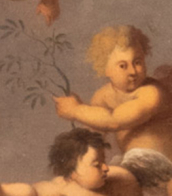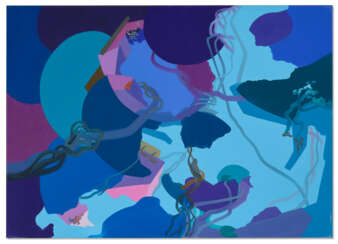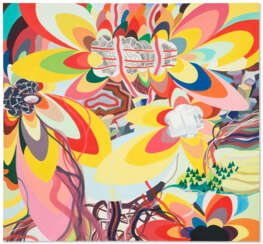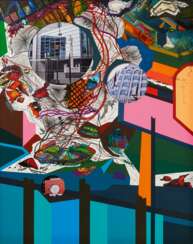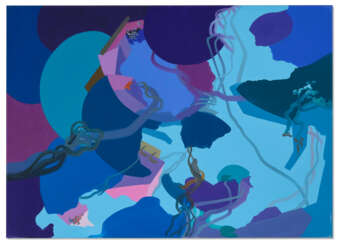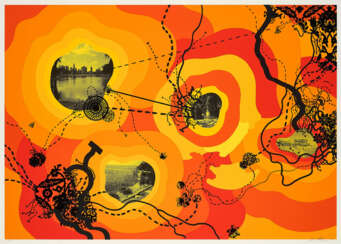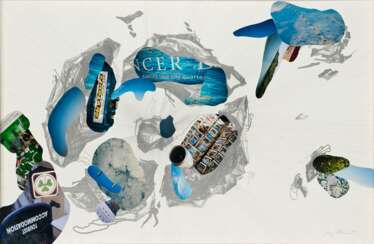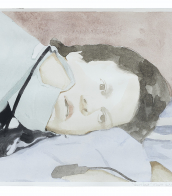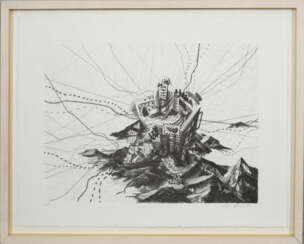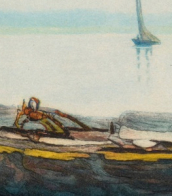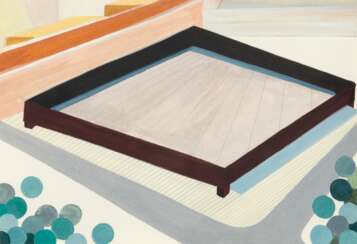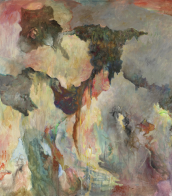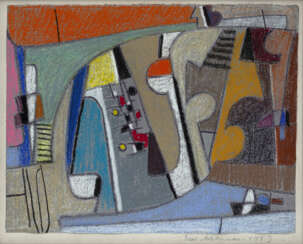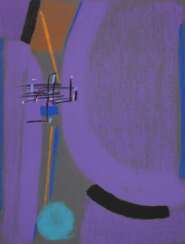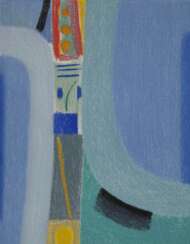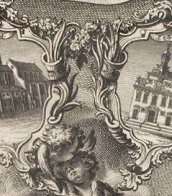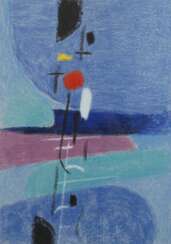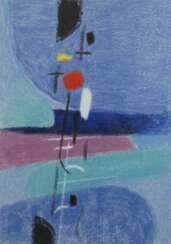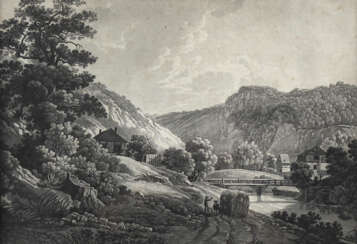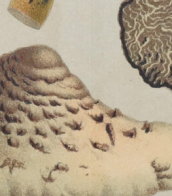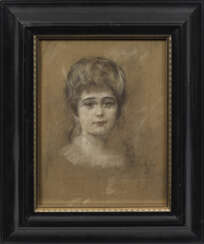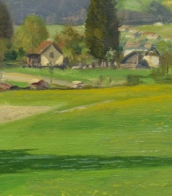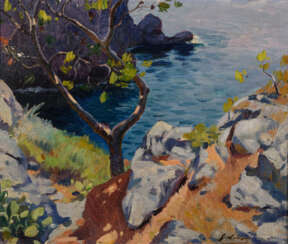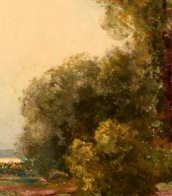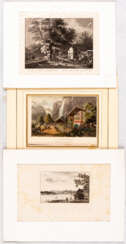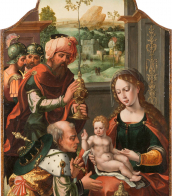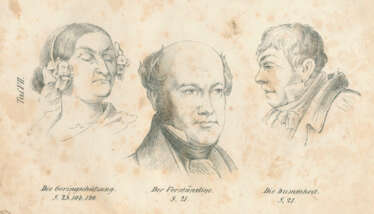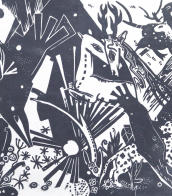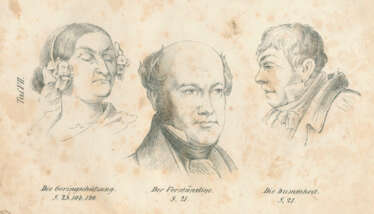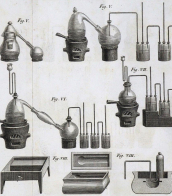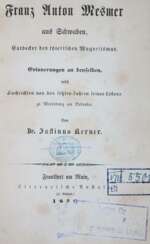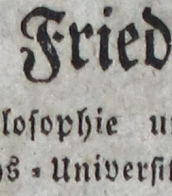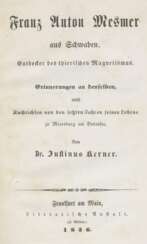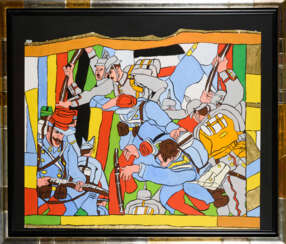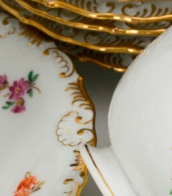franz ackermann
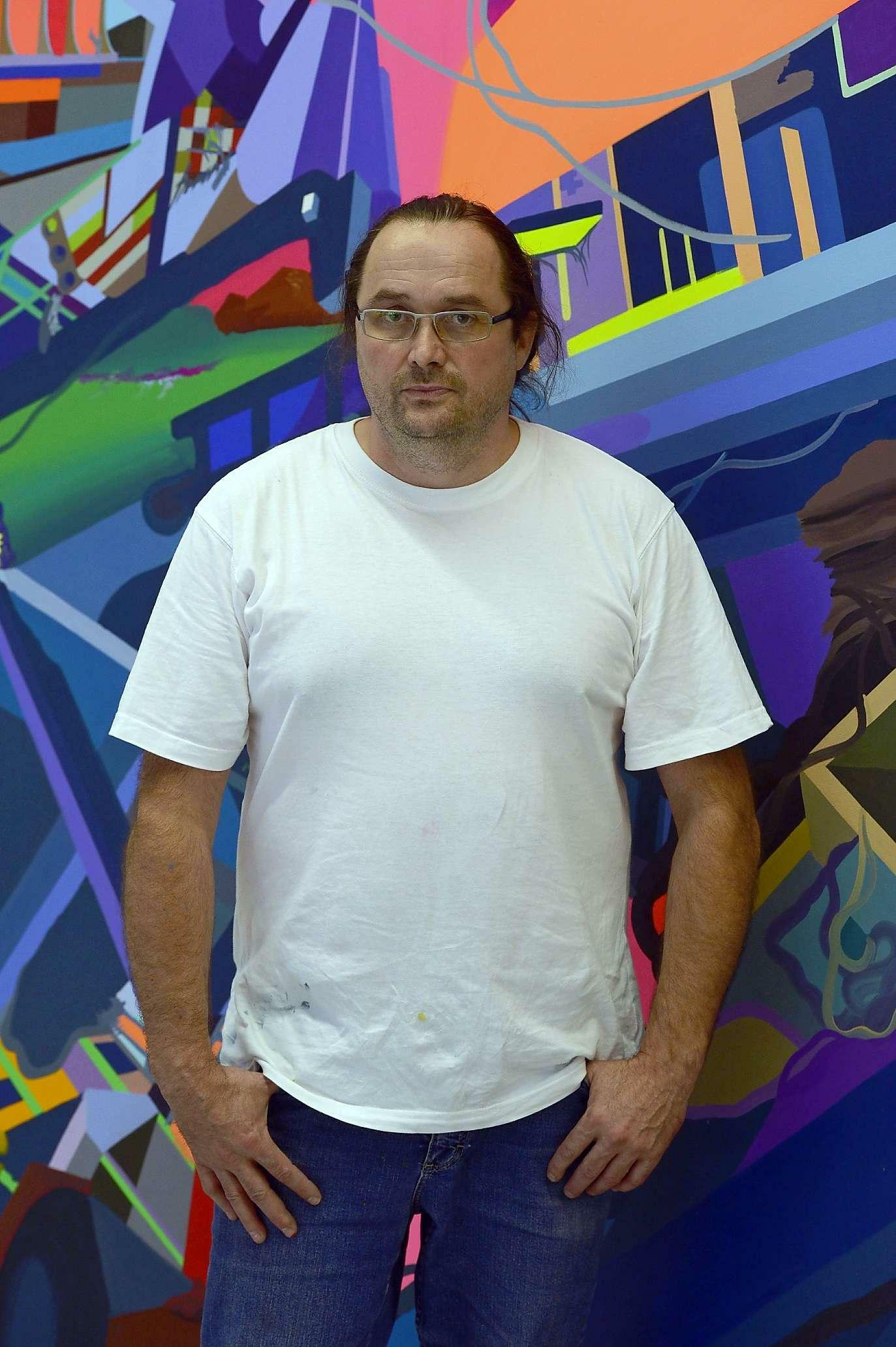
Franz Ackermann is a German media artist.
He studied at the Academy of Fine Arts in Munich and at the University of Fine Arts in Hamburg, lives and works in Berlin and Karlsruhe.
Franz Ackermann's work includes drawings, watercolors, murals, paintings and installations, which he complements with photographic works, projections and architectural models. His works deal with the themes of tourism, globalization and urbanism and reflect the social changes and political problems caused by increasing globalization.


Franz Ackermann is a German media artist.
He studied at the Academy of Fine Arts in Munich and at the University of Fine Arts in Hamburg, lives and works in Berlin and Karlsruhe.
Franz Ackermann's work includes drawings, watercolors, murals, paintings and installations, which he complements with photographic works, projections and architectural models. His works deal with the themes of tourism, globalization and urbanism and reflect the social changes and political problems caused by increasing globalization.
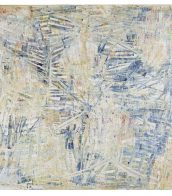

Franz Ackermann is a German media artist.
He studied at the Academy of Fine Arts in Munich and at the University of Fine Arts in Hamburg, lives and works in Berlin and Karlsruhe.
Franz Ackermann's work includes drawings, watercolors, murals, paintings and installations, which he complements with photographic works, projections and architectural models. His works deal with the themes of tourism, globalization and urbanism and reflect the social changes and political problems caused by increasing globalization.
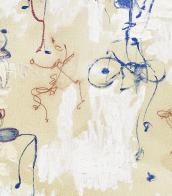

Franz Ackermann is a German media artist.
He studied at the Academy of Fine Arts in Munich and at the University of Fine Arts in Hamburg, lives and works in Berlin and Karlsruhe.
Franz Ackermann's work includes drawings, watercolors, murals, paintings and installations, which he complements with photographic works, projections and architectural models. His works deal with the themes of tourism, globalization and urbanism and reflect the social changes and political problems caused by increasing globalization.
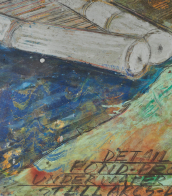

Franz Ackermann is a German media artist.
He studied at the Academy of Fine Arts in Munich and at the University of Fine Arts in Hamburg, lives and works in Berlin and Karlsruhe.
Franz Ackermann's work includes drawings, watercolors, murals, paintings and installations, which he complements with photographic works, projections and architectural models. His works deal with the themes of tourism, globalization and urbanism and reflect the social changes and political problems caused by increasing globalization.
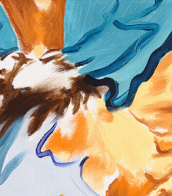

Franz Ackermann is a German media artist.
He studied at the Academy of Fine Arts in Munich and at the University of Fine Arts in Hamburg, lives and works in Berlin and Karlsruhe.
Franz Ackermann's work includes drawings, watercolors, murals, paintings and installations, which he complements with photographic works, projections and architectural models. His works deal with the themes of tourism, globalization and urbanism and reflect the social changes and political problems caused by increasing globalization.


Franz Ackermann is a German media artist.
He studied at the Academy of Fine Arts in Munich and at the University of Fine Arts in Hamburg, lives and works in Berlin and Karlsruhe.
Franz Ackermann's work includes drawings, watercolors, murals, paintings and installations, which he complements with photographic works, projections and architectural models. His works deal with the themes of tourism, globalization and urbanism and reflect the social changes and political problems caused by increasing globalization.
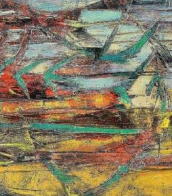
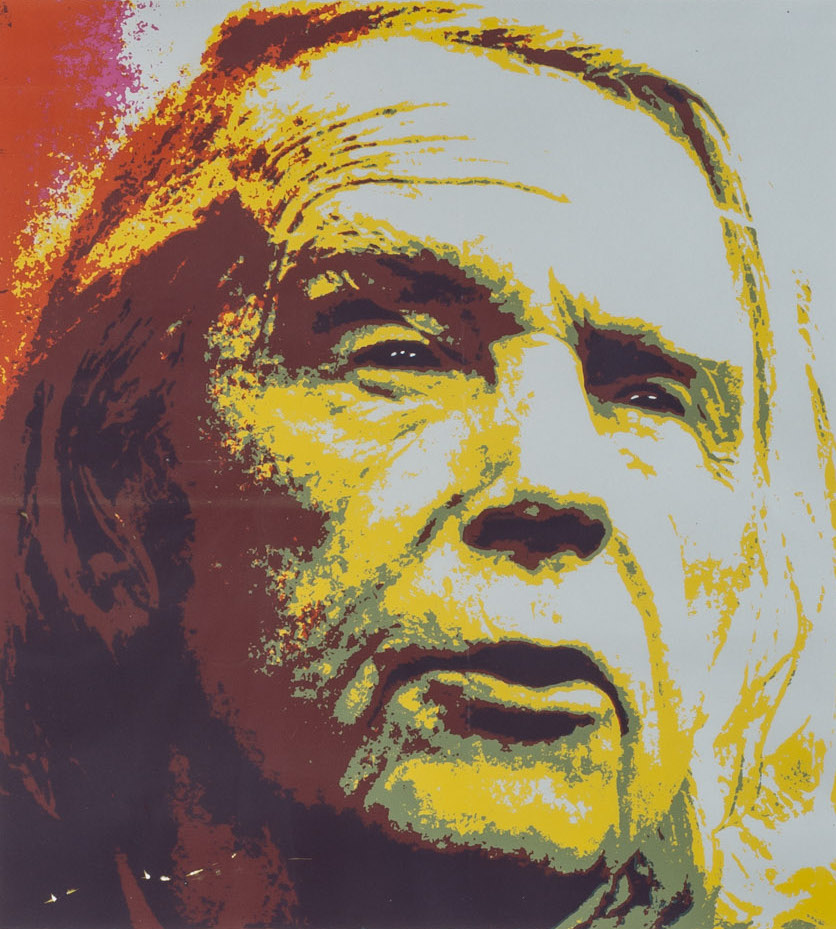
Max Ackermann was a German painter and graphic artist. He was a pupil of Adolf Hölzel and is considered a pioneer of abstract painting.
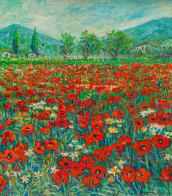

Franz Ackermann is a German media artist.
He studied at the Academy of Fine Arts in Munich and at the University of Fine Arts in Hamburg, lives and works in Berlin and Karlsruhe.
Franz Ackermann's work includes drawings, watercolors, murals, paintings and installations, which he complements with photographic works, projections and architectural models. His works deal with the themes of tourism, globalization and urbanism and reflect the social changes and political problems caused by increasing globalization.
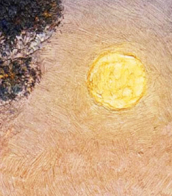
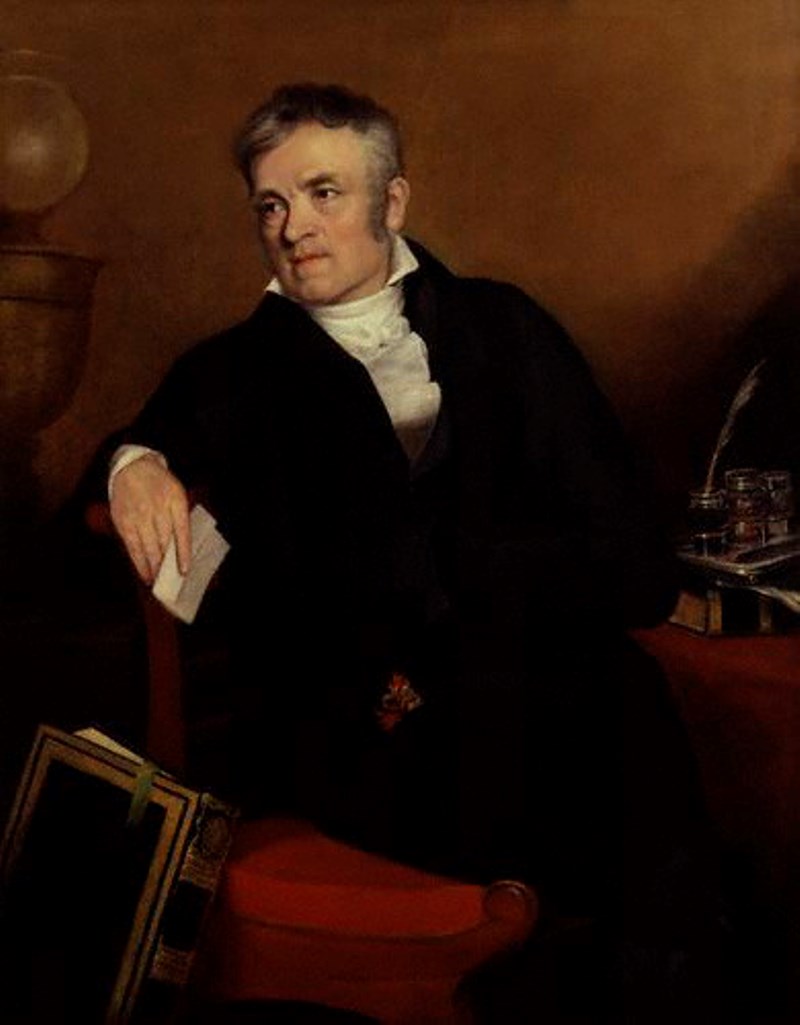
Rudolph Ackermann the Elder was a German and British inventor and publisher, founder of Ackermann & Co.
He was the son of a master saddler, learned the craft and in time achieved a high art in carriage making, designing carriages and coaches. In 1794 Ackermann opened a printing and picture store in London, which quickly became popular. The following year he opened a printing shop at 96 Strand - thus began the printing business of the Ackermann dynasty, which lasted for over two hundred years.
Between 1808 and 1810. Ackermann published the first of his sumptuous plate books, The Microcosm of London, with beautiful hand-colored aquatints. This work established his reputation as a book publisher, and he subsequently published many more elaborate illustrated books. Ackermann also gained widespread fame for the periodical he founded in 1809, the Repository of Art, Literature, Commerce, Manufactures, Fashion, and Politics. This popular journal, published monthly until 1828, contained articles and illustrations of various kinds, especially on fashion, social and literary news.
Ackermann's business flourished, and by the end of 1820 he had established offices in Central and South America. Continuators of the Ackermann dynasty were in the printing business until the end of the twentieth centur
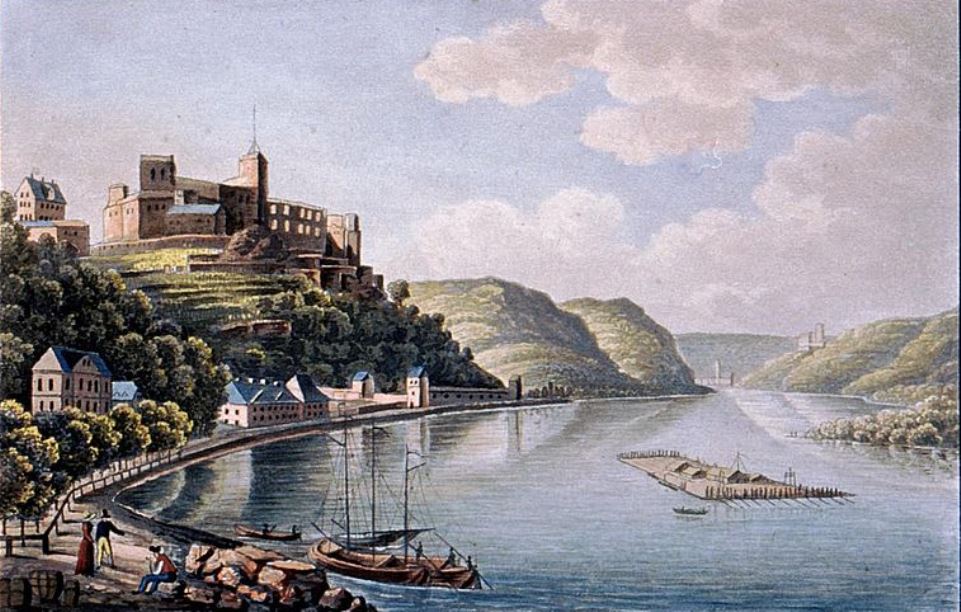
Rudolf Bodmer was a Swiss painter, draughtsman and engraver.
Rudolf was the older brother of the famous painter Johann Carl Bodmer (1809-1893), with whom he started his own business around 1825. They produced graphic prints especially for the Zurich publisher F. S. Füssli. Rudolf Bodmer became a skilled printmaker and produced a large number of aquatints of landscape and architectural views, particularly of castles and palaces in the Middle Rhine for a wide variety of publishers.
